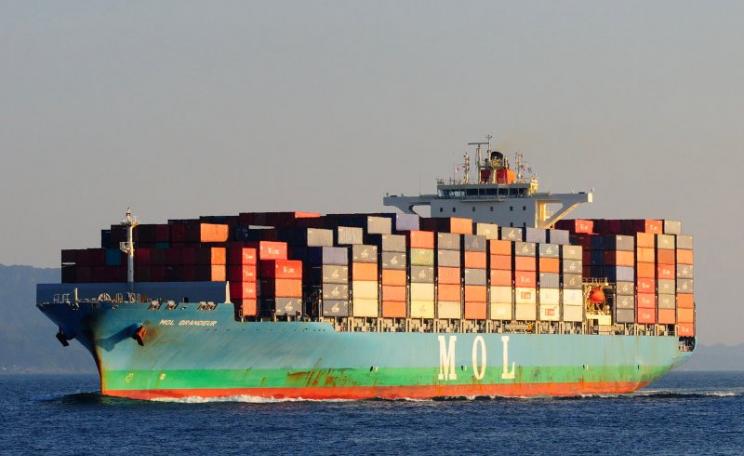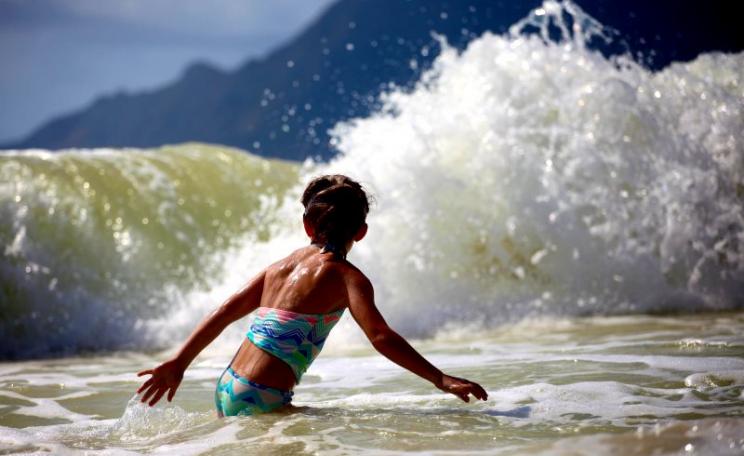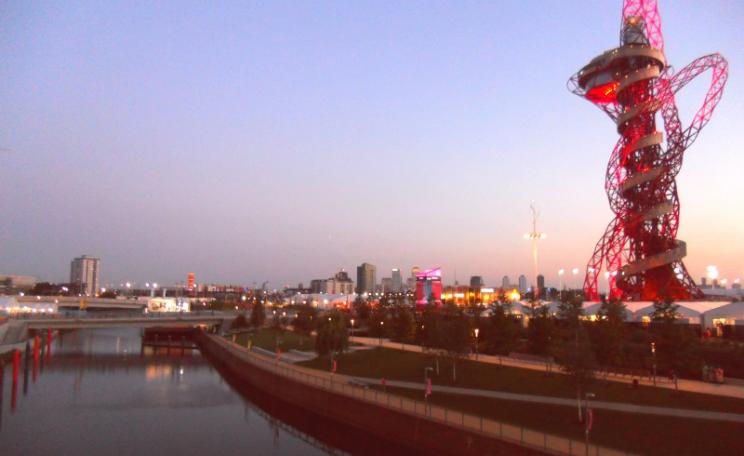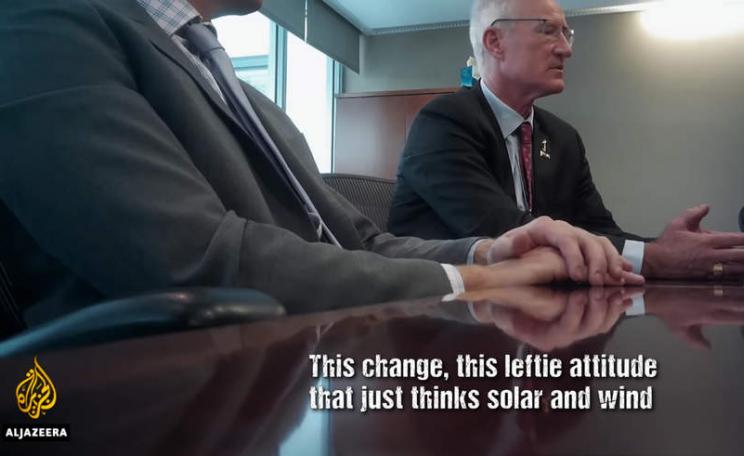BP totally stuffed up in the deep waters of the Gulf of Mexico. Now BP wants to drill in the deeper, more treacherous and more remote waters of the Great Australian Bight. You have got to be kidding. BP has not even released detailed oil spill modelling.
Protestors from Sea Shepherd mounted a vocal protest today at BP's Annual General Meeting today in London.
Their concern? The fossil fuel giant's plan to explore for oil in deep seas off South Australia known as the Great Australian Bight (GAB), described by Sea Shepherd Australia's Managing Director Jeff Hansen as a "global marine treasure."
"The Bight is littered with state and federal marine parks", he said. "One of BP's leases even takes in a Commonwealth marine reserve."
The Bight's pristine waters, Hansen continued, were home to critical whale and sea lion nurseries as well as providing a home for dolphins, seals, orcas, great white sharks and sea birds, including albatross and the white-bellied sea eagle.
But the threat to Australia's stunning natural heritage is not the only problem. Plans by BP and other fossil fuel companies to drill for oil in the pristine waters off south Australia could take up a third of the country's entire carbon budget.
The figures are published in the Climate Analytics report, commissioned by conservation group The Wilderness Society. It concludes that adding the oil from the Great Australian Bight (GAB) into the world's energy system was "inconsistent with the global temperature and emission limits from the Paris agreement".
Busting Australia's COP21 emissions targets
Climate Analytics CEO Bill Hare, one of three authors on the report, said: "Adding additional oil reserves to the world's energy system, as proposed by BP, is inconsistent with the global temperature and the emission limits the Australian Government agreed to in Paris last year.
"It would simply create the pressure for higher emissions - unless the intention is to not meet the warming limits agreed there. Endeavours to add more oil to the system are therefore clearly at odds with the commitment Australia is making globally to meet its climate targets, and ultimately mean the oil will become a stranded asset."
BP has released no assessment of the amount of oil that could be in its four exploration permit areas. But the Climate Analytics report uses an assessment from smaller company, Bight Petroleum, of nine billion barrels of oil. That would amount to about three gigatonnes (Gt) of CO2 when burned, or nearly eight times Australia's annual emissions.
"Our calculations are based on a fraction of what is in this reserve: it could be four times this amount", said Hare. To keep global warming to below 2C, as agreed at the Paris climate talks, the report says Australia has a CO2 emissions budget of about 9.7Gt CO2 between 2010 and 2050.
"This fraction of the Great Australian Bight exploration programme, should it all be burned in Australia, represents sufficient carbon to bust the remaining Australian carbon budget by more than a third on its own, without consideration of fuel imports and all the other fossil fuel projects presently under development", says the report.
BP totally stuffed up in the deep waters of the Gulf of Mexico. Now BP wants to drill in the deeper, more treacherous and more remote waters of the Great Australian Bight. You have got to be kidding. BP has not even released detailed oil spill modelling.
BP's 'inadequate' environmental report
BP submitted an environmental management plan to the Australian Government's National Offshore Petroleum Safety and Environmental Management Authority (NOPSEMA) in October 2015. But NOPSEMA told BP its plan was not adequate and asked the company to resubmit, which BP did in March 2016.
NOPSEMA expects to make a decision by mid-May 2016. A Senate inquiry into BP's drilling plans, looking at the environmental and social impacts, is due to report back in May just days before NOPSEMA's scheduled judgement.
But Hansen is clear that BP's drilling has to be opposed in principle: "The Great Australian Bight is backed by the longest line of sea cliffs in the world, stretching hundreds of kilometres and reaching 60 metres high, the height of a 20-storey building, making it even more difficult for any clean-up operations if there was a spill.
"And the impact would be long lasting. Six years after the Gulf of Mexico disaster, its impacts are still being felt today, with dead marine life still washing up on beaches, dolphins unable to reproduce and people getting sick while local tourism, fishing and other businesses have not recovered."
Today's protest in London followed a call by Greens Senator for South Australia, Robert Simms, for BP shareholders to "raise concerns" at the company's AGM today:
"BP shareholders should be concerned that their company is willing to risk an environmental catastrophe in the Great Australian Bight. The Greens call on BP shareholders to pressure the company at their AGM in London later today to ditch this inconsiderate plan which puts South Australia's tourism and fishing industries at grave risk."
Protesters with the Great Australian Bight Alliance also staged a mock oil spill outside BP's Melbourne HQ this week.
No more Deepwater Horizons!
Wilderness Society South Australia Director Peter Owen said: "We are here to tell BP it has no right to risk the pristine waters of the Great Australian Bight, and that the opposition to its plans is growing in Australia and around the world.
"We want to remind people that BP was the company responsible for the world's biggest oil spill accident, the Deepwater Horizon tragedy in 2010, when 800 million litres of oil spewed into the Gulf of Mexico for 87 days.
"BP totally stuffed up in the deep waters of the Gulf of Mexico. Now BP wants to drill in the deeper, more treacherous and more remote waters of the Great Australian Bight. You have got to be kidding. BP has not even released detailed oil spill modelling. It claims an oil spill will last only 35 days even though the Macondo well spewed billions of litres of oil into the Gulf of Mexico for 87 days."
He said an oil spill in the GAB would be "devastating" for South Australia's $442 million fishing industry and its tourism industries in coastal regions, which he said were worth more than AU$1 billion employing 10,000 people full-time.
Other fossil fuel firms, including Chevron and Santos, also have plans to explore for oil in the GAB, but BP's proposal to drill four exploration wells as much as 2,200 metres down on the ocean floor are the most advanced.
Graham Readfearn is an independent journalist based in Queensland, Australia, with 15 years experience as a reporter and writer on newspapers, magazines, radio and online. He tweets @readfearn.
This article was originally published on DeSmog.uk. This version has been edited by The Ecologist.







